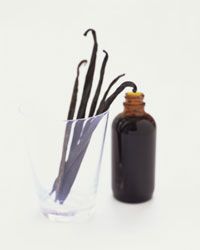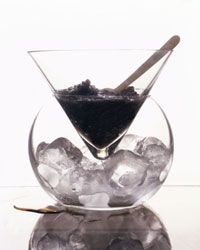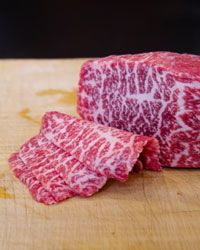Does your everyday vocabulary include the phrase sous vide? Have you spent hours attempting your own version of molecular gastronomy? If so, then you're probably a foodie.
Ever since Julia Child brought French cooking to mainstream America, foodie culture has thrived in our society. Popular cable TV shows about cooking have gotten more people on the fine food bandwagon, meaning there are more foodies experimenting with gourmet cooking at home. But with fine cooking comes the need for high-end ingredients, which can put a serious dent in your wallet. From expensive spices to fungi with a price tag in the triple digits, being a fan of home gourmet can be an expensive proposition.
Advertisement
However, sometimes you can make affordable ingredient substitutions that won't hurt the integrity of your dishes. Read on to find out how to make your gourmet cooking a little more affordable.





